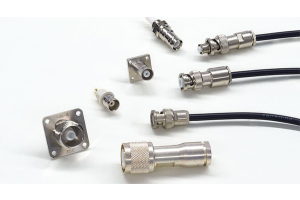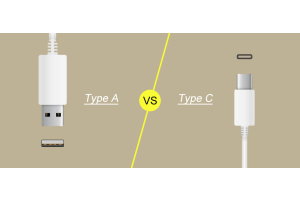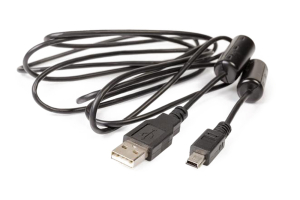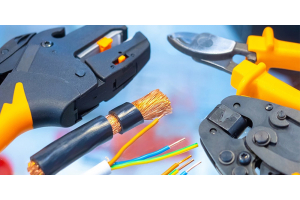Definitive Guide to Circular Connectors: 7 Crucial Points You Need to Master
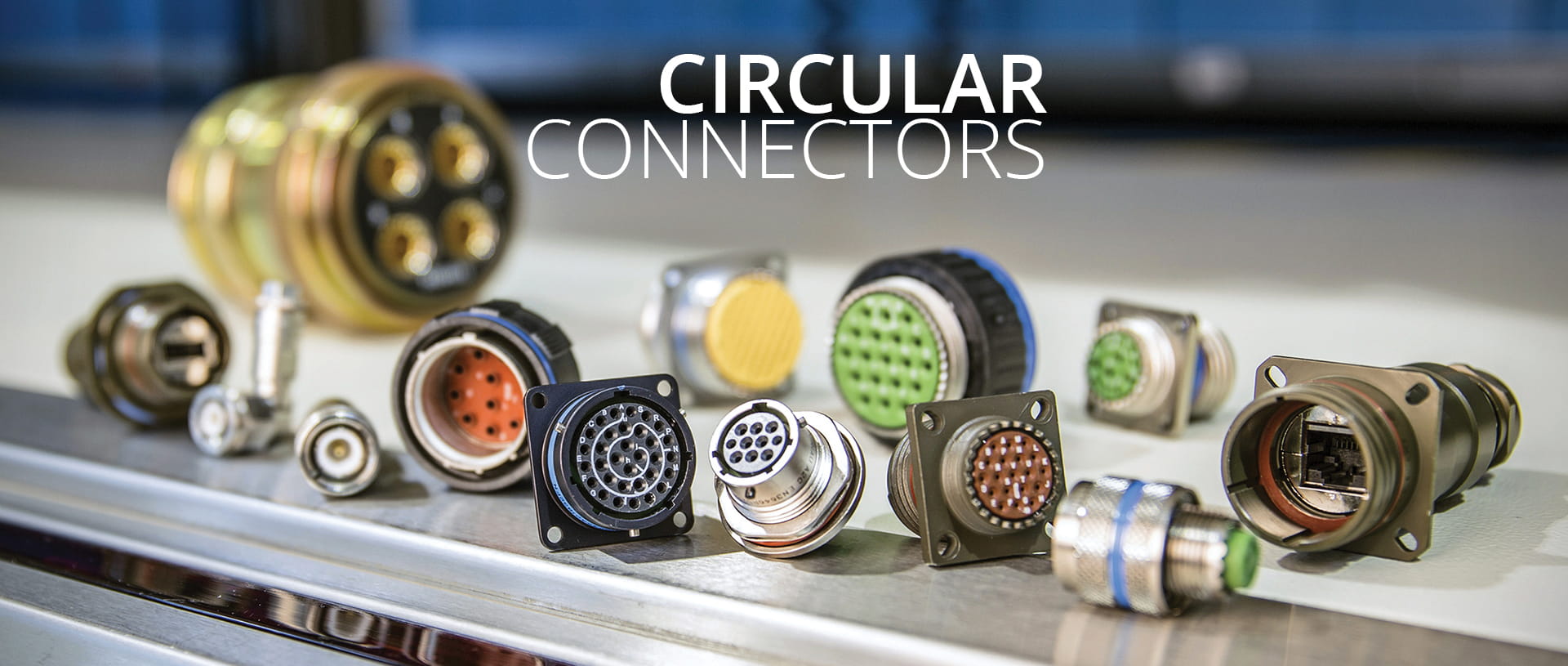
Definition of Circular Connector
Circular connectors, called circular air plugs or circular interconnects, are rugged, cylindrical, multi-pin electronic connectors for interconnecting devices. Because of the natural ruggedness provided by their cylindrical construction, circular connectors are ideal for use in harsh environments where moisture, dust or vibration are present.
The contacts of these connectors are used to transmit data and power. They typically include various types, such as low-frequency ring connectors, RF coaxial connectors and audio connectors. They are available in different sizes and configurations, from simple small to large complex sizes. Depending on the application, there are different numbers of pins and sockets.
Circular connectors consist of two parts, the plug design and the receptacle, and various accessories. Such as connector product housings, locking sleeves, reeds, pins, wiring work terminals, waterproof gaskets and dust caps. Circular connector shells are generally made of zinc alloy or PBT engineering plastic material to ensure overall robustness. Overall, circular connectors offer high reliability and repeatability, making them suitable for critical applications in various industries.
Applications of Circular Connectors
The cylindrical construction of the circular connector is inherently robust, offering a higher strength-to-weight ratio than any other shape. It is easy to seal, plug and unplug and has a simple and powerful locking adjustment mechanism. As a result, circular connectors are preferred where multiple connectors are needed to connect parts to cables and between cables.
Circular connectors are widely used in sensors(such as M12 connector), actuators, encoders, motors, industrial grating light curtains, factory automation process control, equipment batteries, semiconductors, packaging label printing equipment, Fieldbus, industrial instrumentation, marine electronics NMEA2000, rail transportation, EMS circuit board components, LED outdoor displays, outdoor LED lighting and many other fields.


Basic Structure of Circular Connectors
Circular connectors are electrical connectors of a cylindrical design consisting of male and female components. These parts work together to create an electrical connection to transmit signals or power between two devices. The basic structure of a circular connector consists of the following parts.
Contacts: The core parts of the circular connector consist of male and female contacts, and the electrical connection is completed by the insertion between the male and female contacts.
Attachment: Including structural accessories and mounting accessories. Structural accessories include positioning pins, snap rings, connecting rings, sealing rings, guide pins, positioning keys, etc. Mounting accessories are spring ring, screw, screw, nut, etc.
Insulator: usually insulated mounting plate, its role is to arrange the contact parts according to the required position and spacing and to ensure the insulation performance between the contact parts and between the contact parts and the shell.
Shell or housing: It is the external protective cover of the connector. It provides mechanical protection for the insulated mounting plate and pins inside. It provides an alignment role when the plug and socket are inserted to secure the connector to the equipment.
Sealing device: A gasket or O-ring is used to seal the connector against environmental factors such as dust, moisture and vibration.
Overall, the circular connector is a reliable electrical connector that consists of several parts that work together to provide strong functionality and protection.
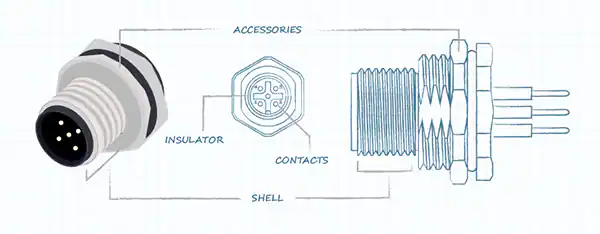

Factors Affecting the Life of Circular Connectors
1.Humidity: In high relative humidity environments, metal connector components are prone to corrosion, resulting in reduced insulation performance. Therefore, circular connectors should be used in areas with constant rain or water. Otherwise, their service life will be greatly reduced.
2.Temperature: Temperature has an impact on the life of the connector. Cold winters, hot summers, and high currents will raise the jack temperature of the connector, which can easily lead to connector burnout.
3.Salt Spray: When the ambient temperature is 35 ℃, the concentration of a salt solution in the environment is 3%, it is easy to cause metal corrosion. Circular connectors used in this environment, performance will be reduced, and the service life will be shortened.
4.Vibration and Shock: Circular connectors used in transportation and industrial environments are often subject to vibration and shock, resulting in mechanical fatigue, contact micro-motion and friction, and the potential failure of the connector assembly.
5.Materials and Coatings: The materials and coatings used to manufacture circular connectors can affect their life. Using low-quality materials or coatings that are not resistant to environmental factors can significantly shorten the life of a connector. Therefore, connectors should be manufactured with high-quality materials and coatings resistant to corrosion and other environmental factors.
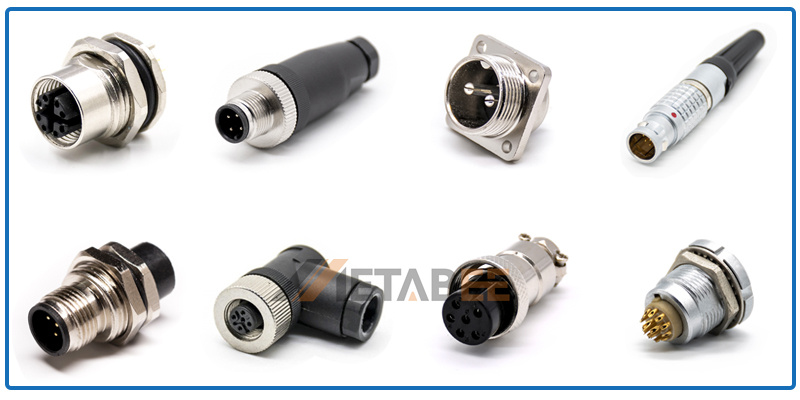

Advantages and Disadvantages of Circular Connectors
Advantages
- Circular connectors have a cylindrical or cylindrical deformed shape and structure, giving them better resistance to external shocks and stresses, making them well suited for mechanical engineering where vibration, shock and other adverse conditions are less likely to break.
- Compared to other connectors, circular connectors have a higher strength-to-weight ratio, which means that they can resist the same external forces in a smaller, lighter housing design, in line with the trend of miniaturization and lightening of connectors.
- Circular connectors often use a bayonet, direct plug, or threaded connection. The connection is more secure and tight and should not be loosened.
- Circular connectors have excellent shielding and interference immunity in the test frequency range of 100MHz to 10GHz, so the electromagnetic interference leakage attenuation performance can be evaluated. In addition, its low and stable contact resistance can ensure the quality and reliability of the connection.
Disadvantages
- The arrangement of pins and sockets on the connector surface is limited due to its circular surface.
- Typically, circular connectors have fewer contacts than rectangular connectors.
How to Choose Circular Connectors
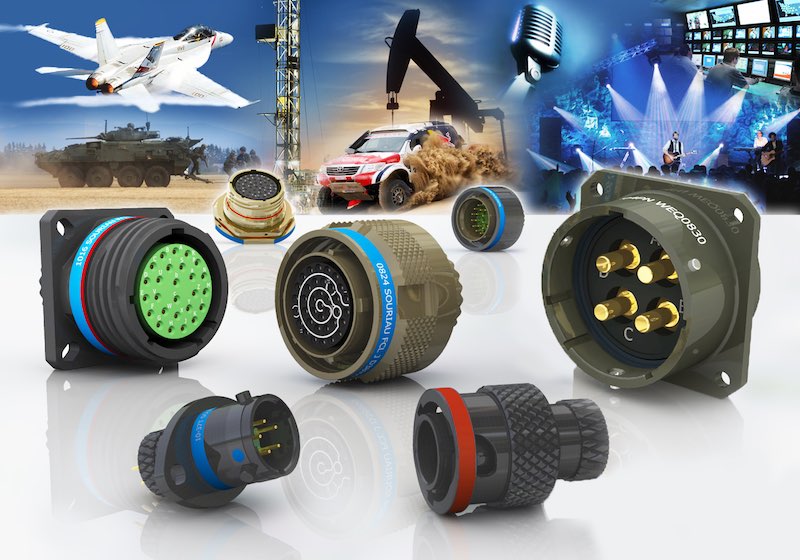

Bayonet Type
Circular connectors are mainly available in 1/4 quick bayonet connection, plug-in connection, latching connection, quick plug-in connection, threaded connection and zipper connection types. Selection should pay attention to the selection of suitable bayonet types to ensure a good connection.
Wiring Methods
The wiring methods of circular connectors are mainly crimped wiring, welded wiring, nut-locking wiring and cast cable. When choosing the connector, attention should be paid to choosing the appropriate wiring method to ensure good electrical performance. Round aerial plugs can be divided into right and curved angles. Pinhead round aerial plug and pinhole round aerial plug are common connection methods. You should select the appropriate satellite rotation angle and model according to your needs.
Shielding Performance
Whether the connector has good shielding performance, the use of circular connectors in different environments for shielding performance requirements are different. To meet the needs of different customers, some connector manufacturers provide personalized services. You can add different shielding effects in the industrial connector. Such as 360 ° shielding circular connectors.
Holes and Models
When buying circular connectors, check the connector hole diagram to see if it meets the standard. Pay attention to the angle and position of the hole to ensure proper connection and good electrical performance.
Precautions for Use
In order to ensure the correct operation of circular connectors, a thorough knowledge and understanding of their operating procedures are required. At the same time, attention should be paid to matching models and specifications to ensure accurate positioning and correct connection and avoid reverse operation errors. When connecting the aviation plugs, the connection should be made in time, especially for the parts that are difficult to check. Detailed requirements should be set in the operation procedure and checked according to the range.
When connecting the ends of the airline plugs, strict end connections and checks should be made according to the corresponding standards or regulations, and end connections should be made according to the matching connection points to avoid inserting the pins into the power outlets incorrectly, thus avoiding damage to the environment and electrical contact.

